Archaeologists were amazed at the degree of preservation of the remains of rodents
Archaeologists encountered an unusual find. Scientists have discovered 650-year-old mummified bodies of rats. Surprisingly, they were perfectly preserved. Now researchers hope that studying rodents will help solve the mystery of the Black Death.
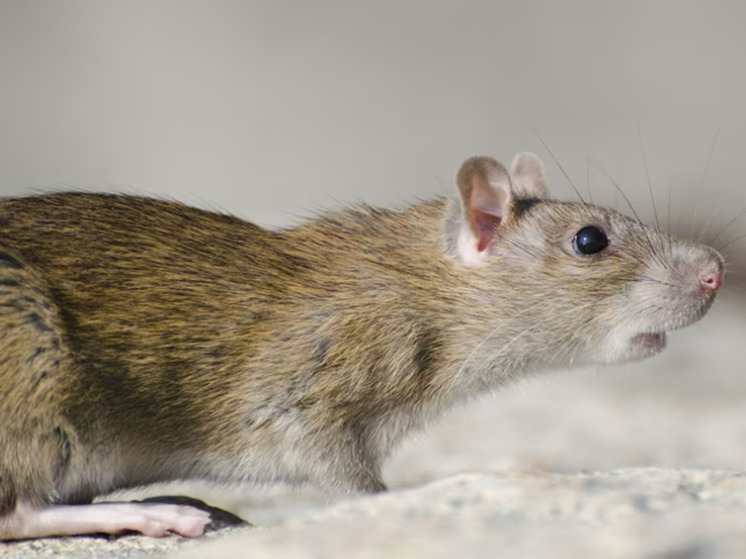
It was one of the deadliest pandemics in human history, killing countless Europeans in the 14th century. Scientists are now on the verge of discovering which variant of the disease caused the bubonic plague known as the Black Death, writes The Times.
Archaeologists have discovered two rats mummified in resin at the site of the recently sunken Tallinn Hanseatic ship in Estonia and are testing discovered rodents dating back to 1373 for signs of bubonic plague.
The find will be featured on Bettany Hughes' World Treasures on Channel 4 on April 13.
Bettany told The Times: “A barrel of resin fell and turned them into mummies, so they are well preserved. You won't find any organic material that has survived since the 14th century. This is almost unheard of. My jaw dropped because I didn't expect the rat remains to look intact.»
Scientists hope tests on rats will reveal what sailors ate at the time—perhaps that's what rats munched on, too.
The 700-year-old ship has revealed many secrets of the past after it was discovered in 2022 during construction work in the Estonian capital. Another historic shipwreck was also discovered 50 meters away in 2008.
The ship was the workhorse of the Hanseatic League, which in its heyday even went to war to protect the interests of its members.
Surviving examples are rare, the best known example being the Bremen Cog, discovered in Germany in 1962. However, archaeologist Mihkel Tammet emphasized that the ship discovered near Tallinn is in even better condition than its famous “relative.”
“The ship is 24 meters long and 9 meters wide. The sides are intact up to three meters from the bottom of the ship. It is built from massive oak logs and planks. The ship has an overlapping planking covered in animal hair and tar. We found woolen material used for packaging, as well as some tools and fragments of medieval leather shoes. Excavations continue, and we hope to find more,” scientists specified last year, when the Hanseatic ship was found.





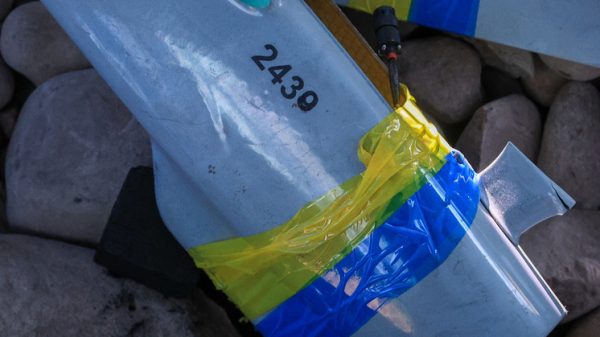



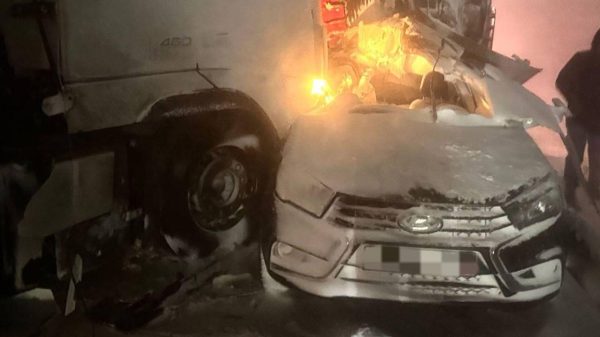









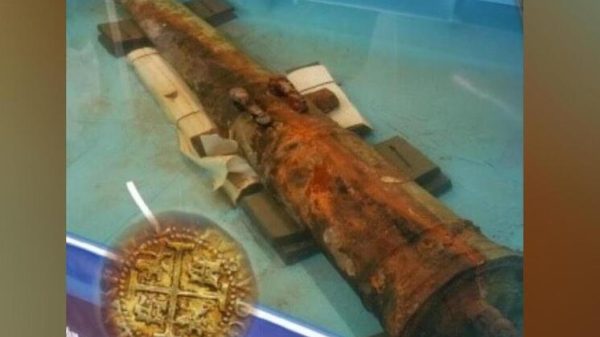


































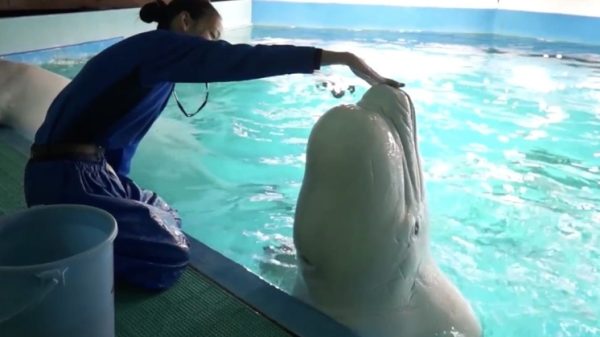
Свежие комментарии